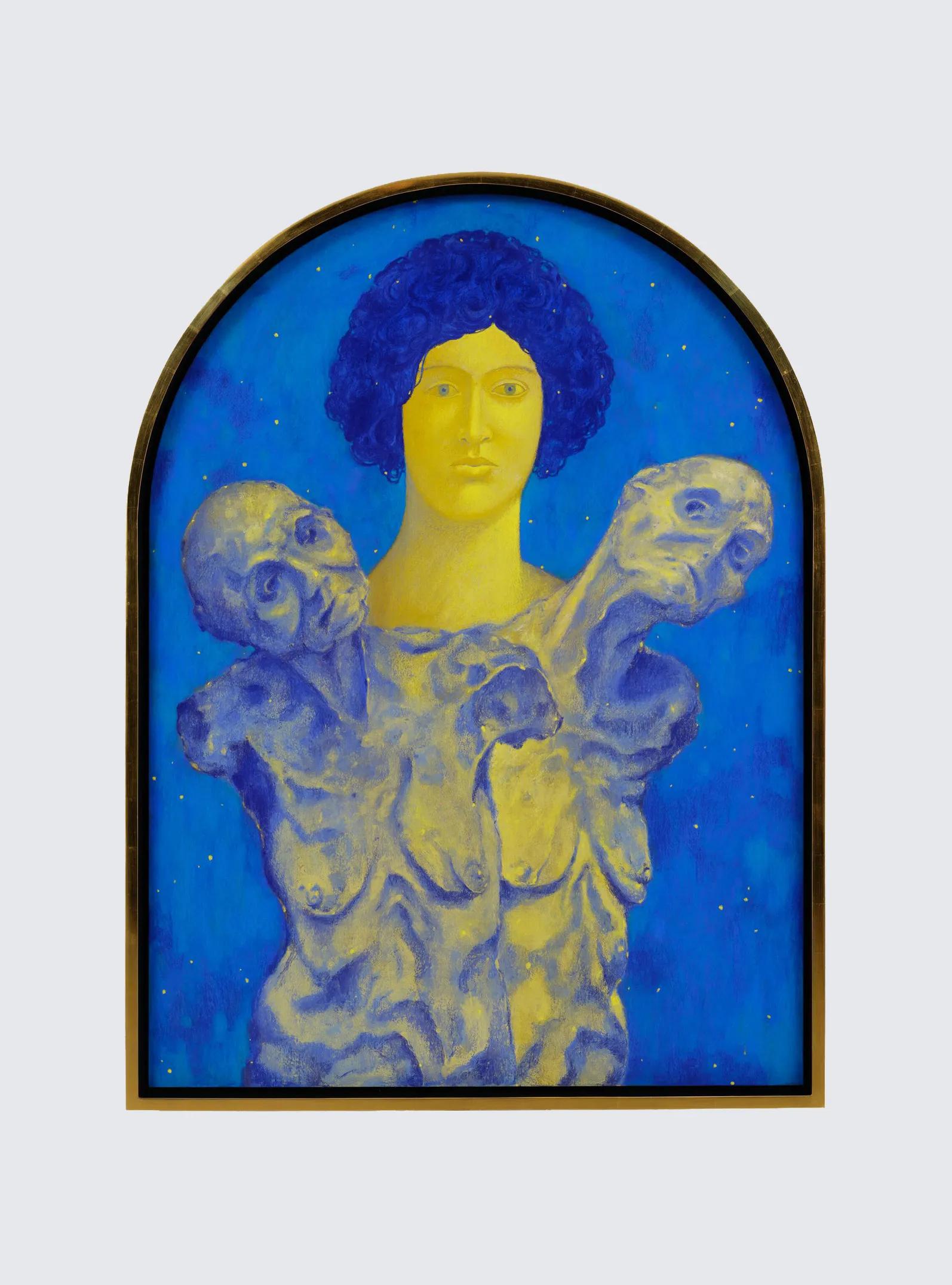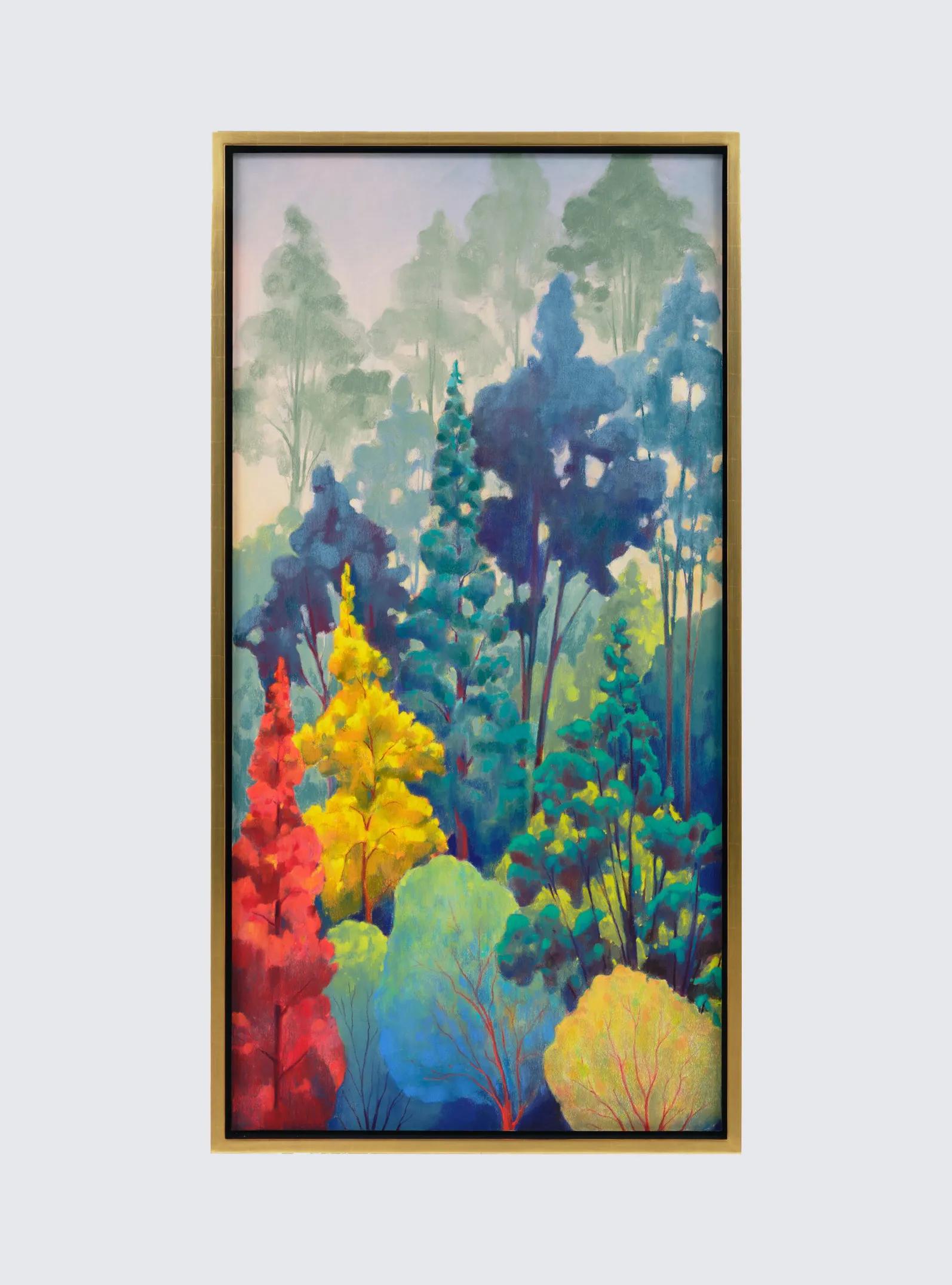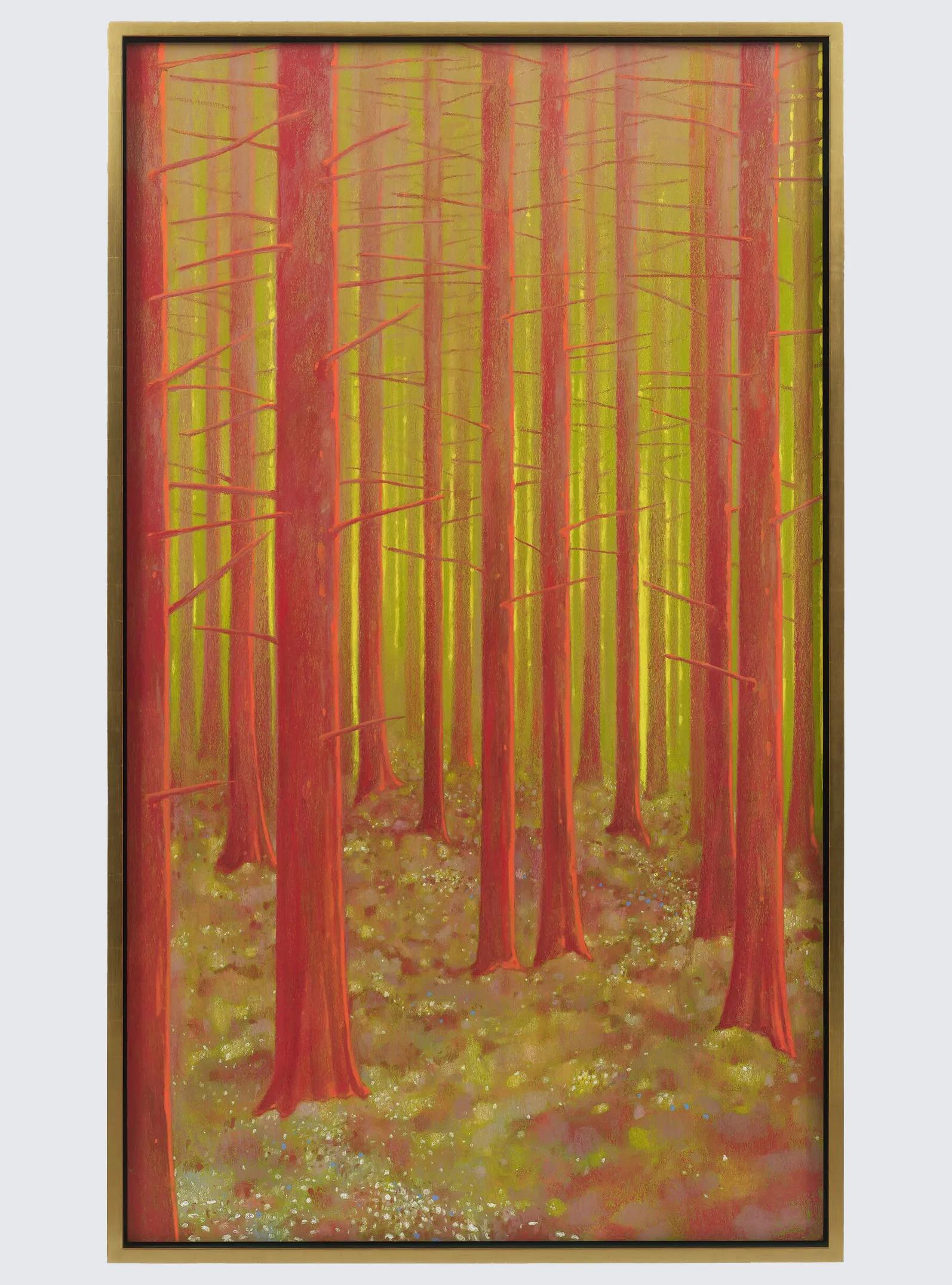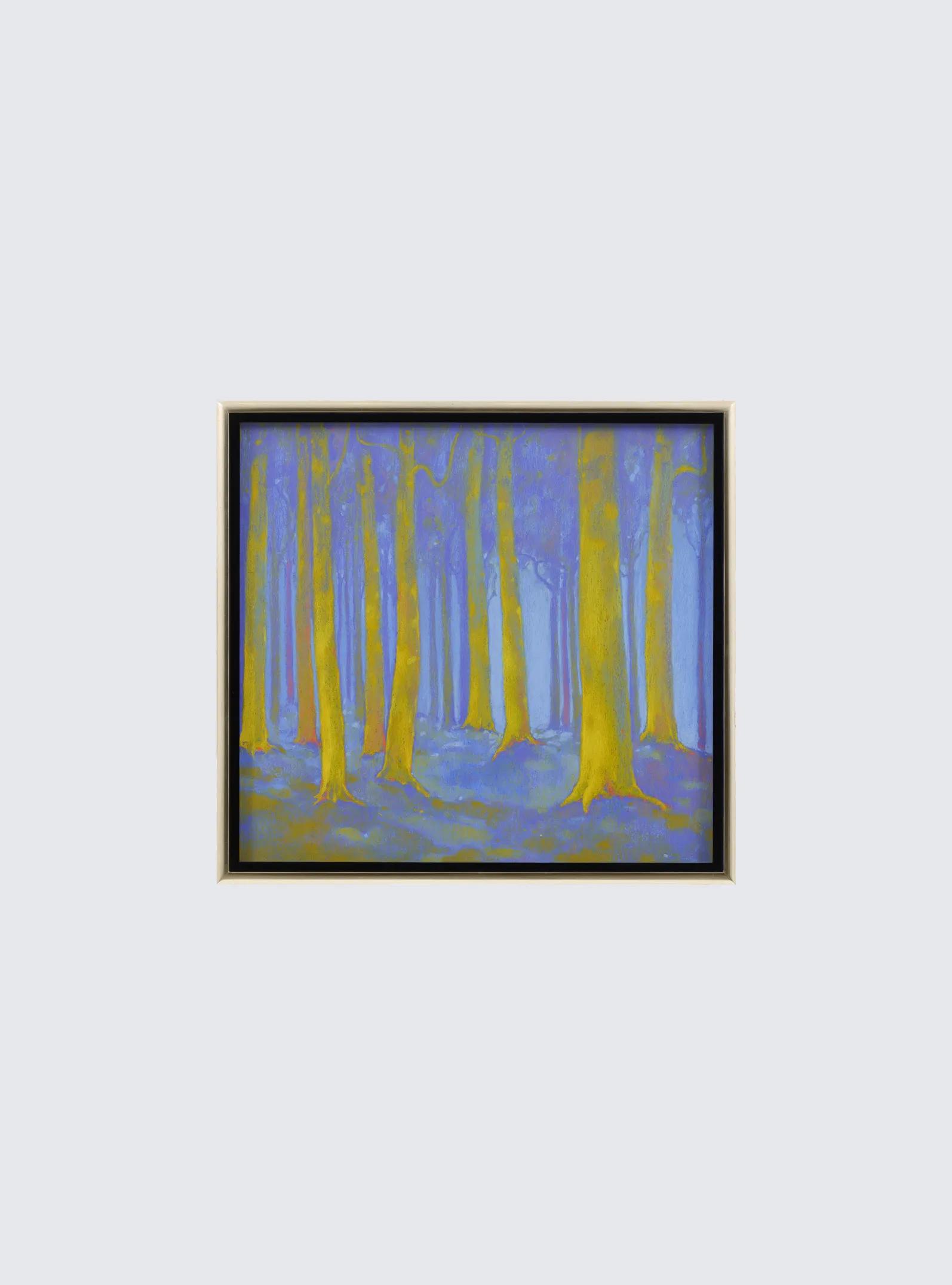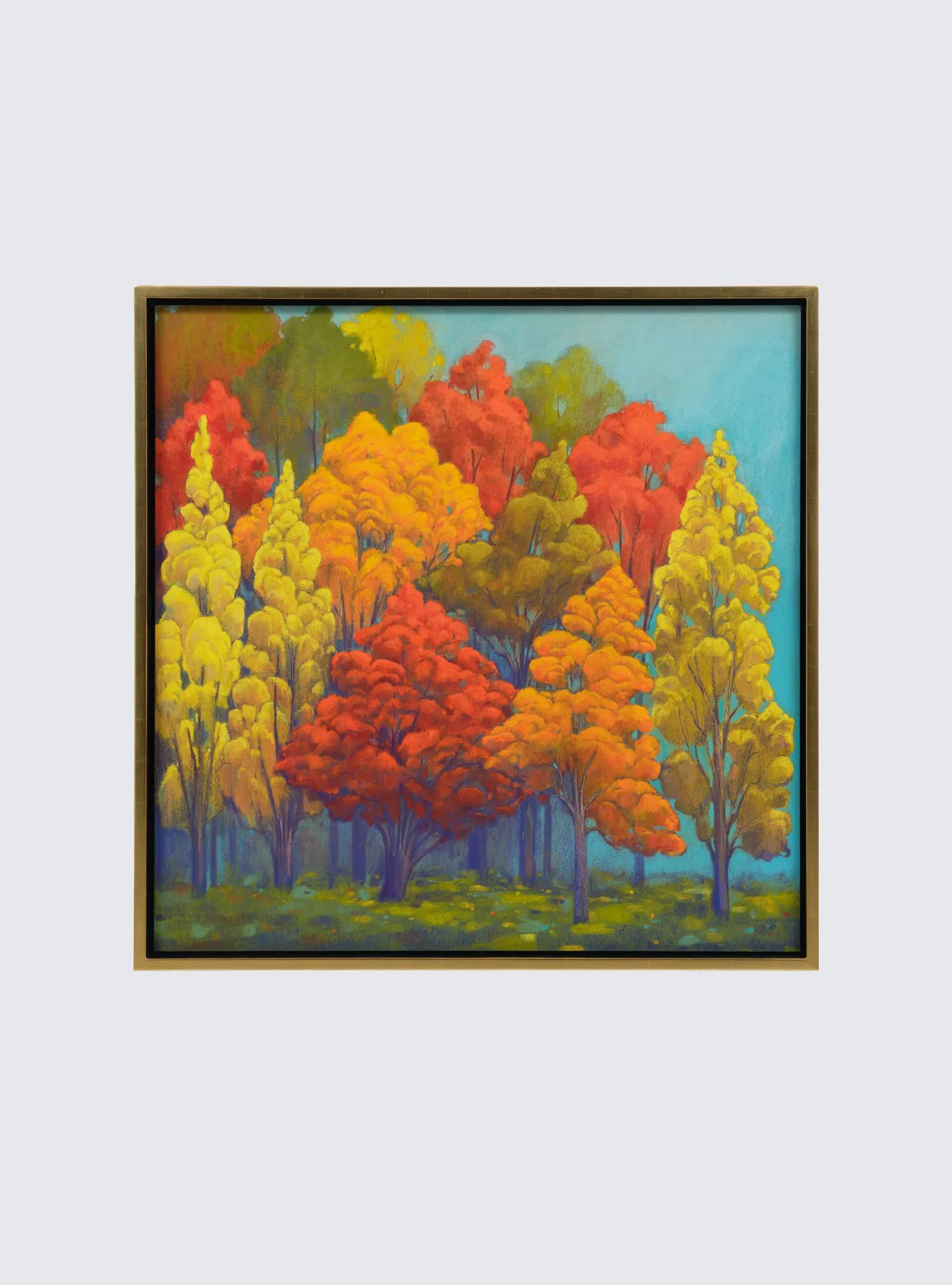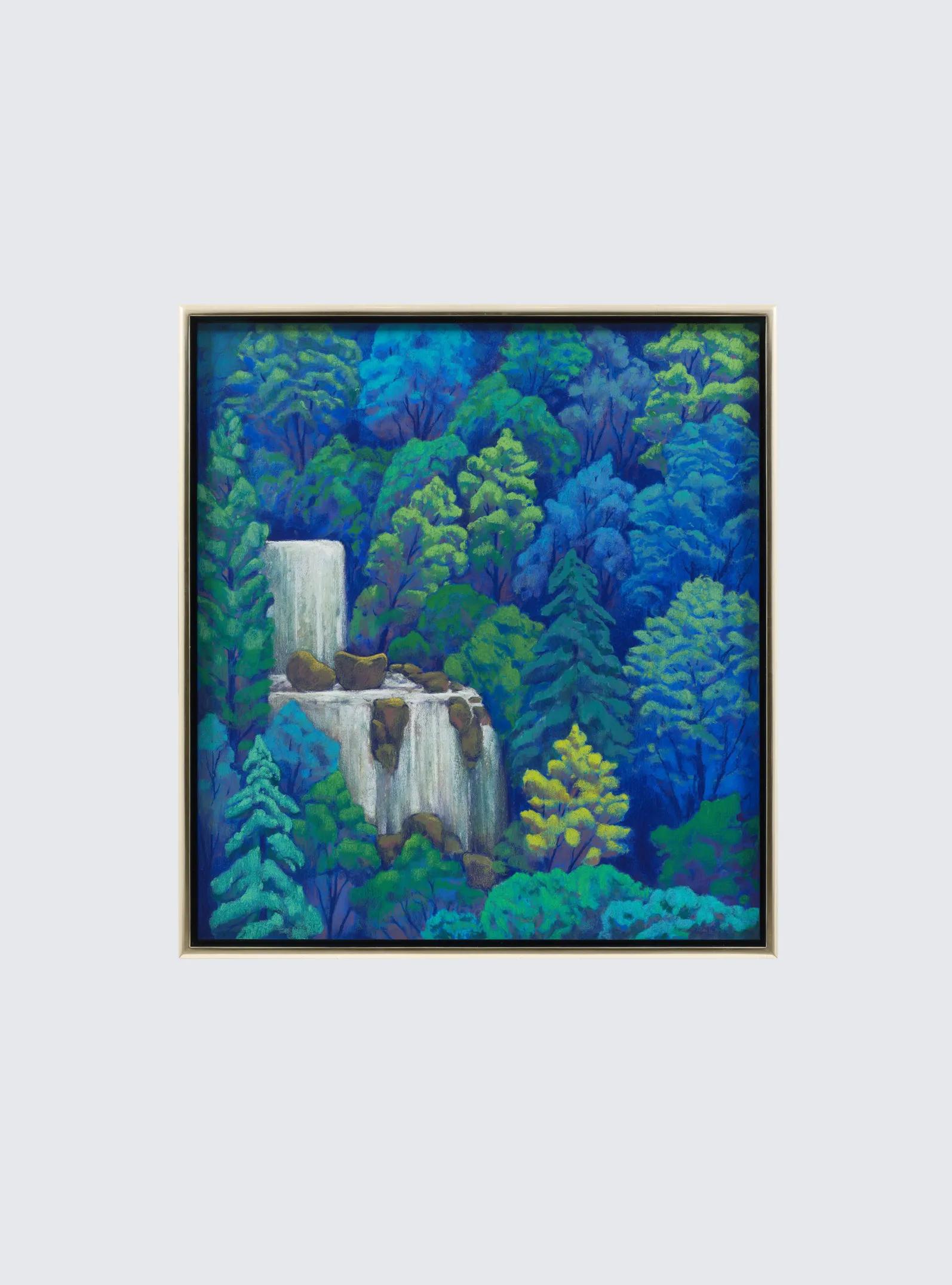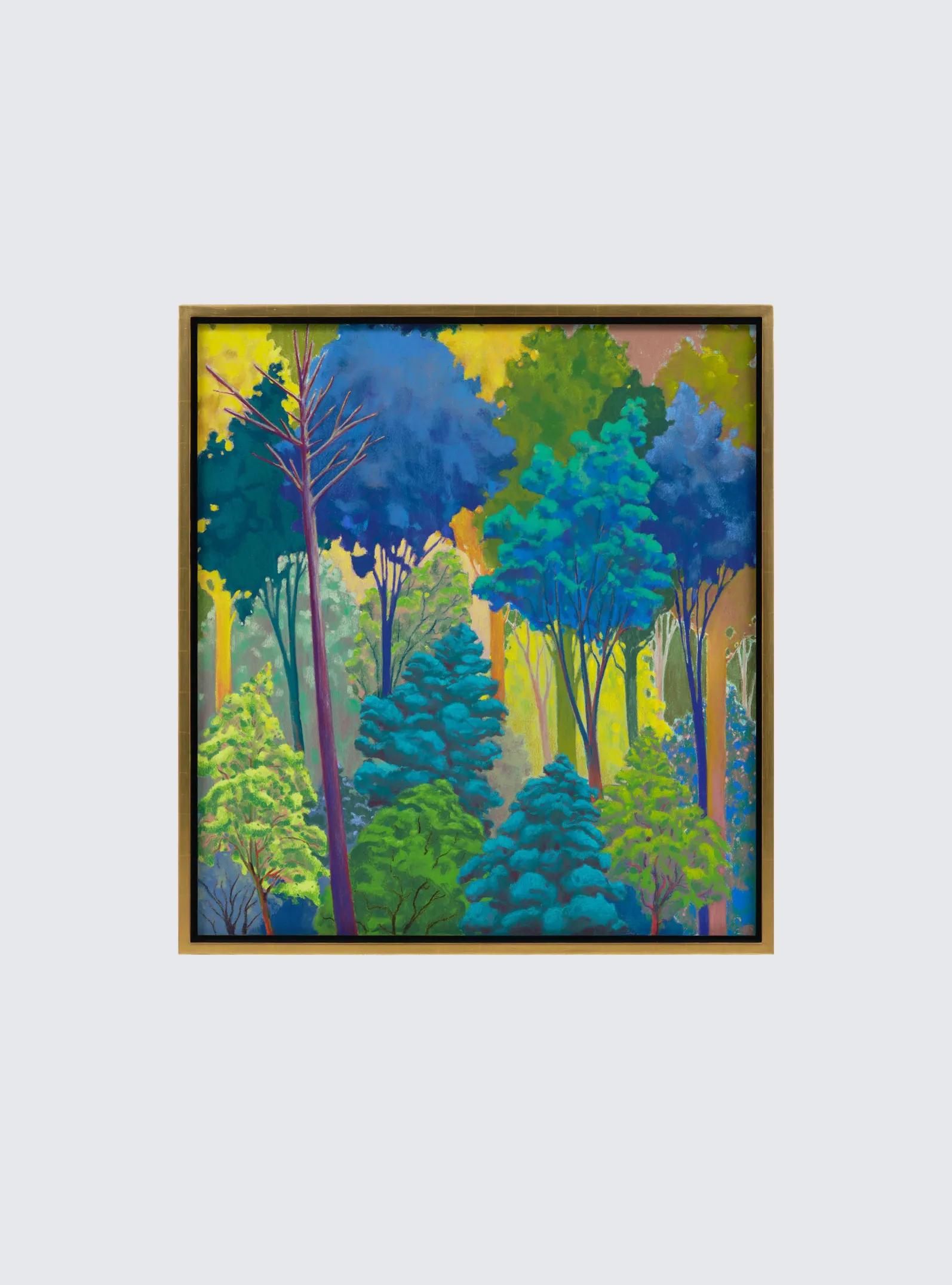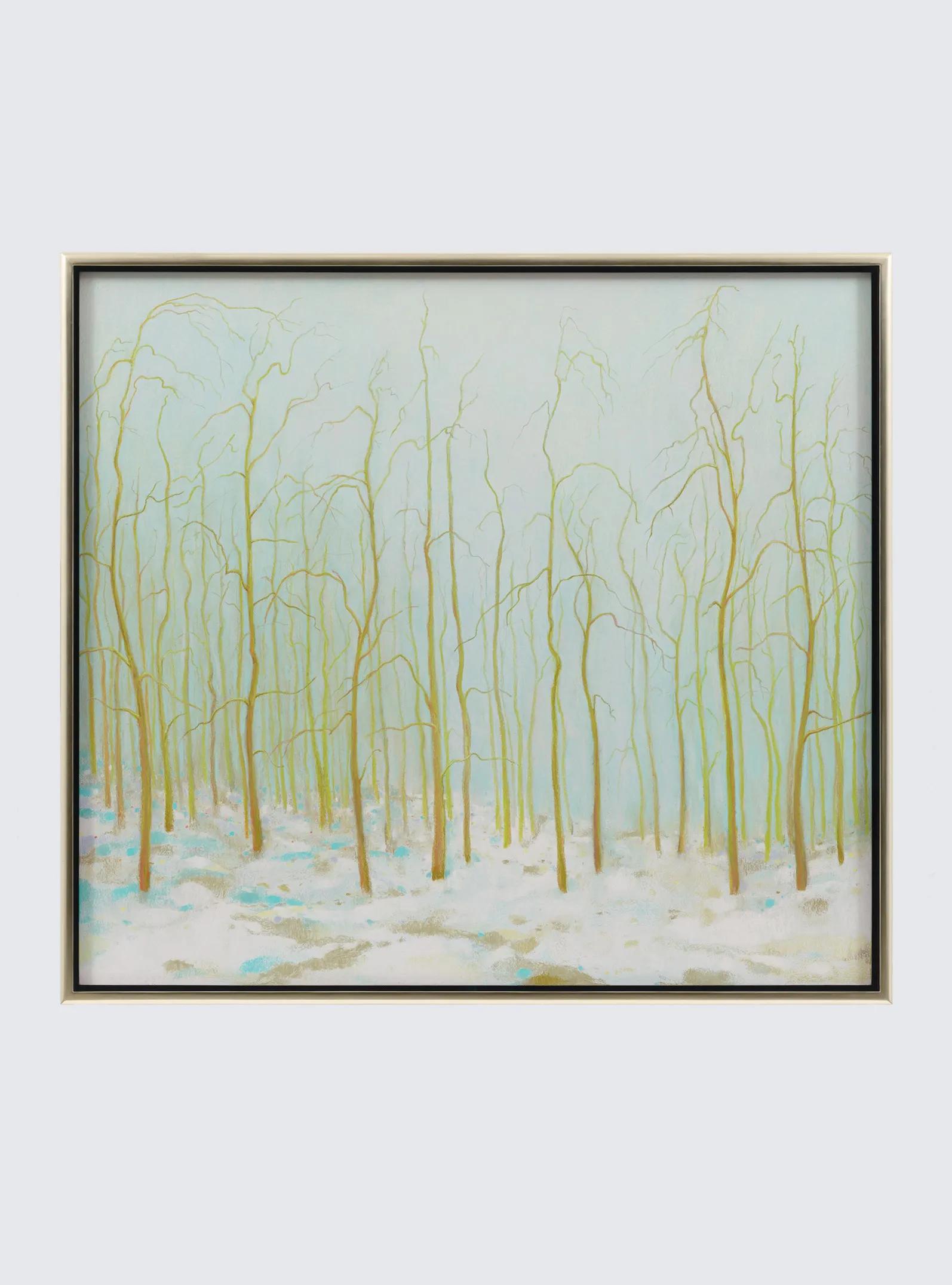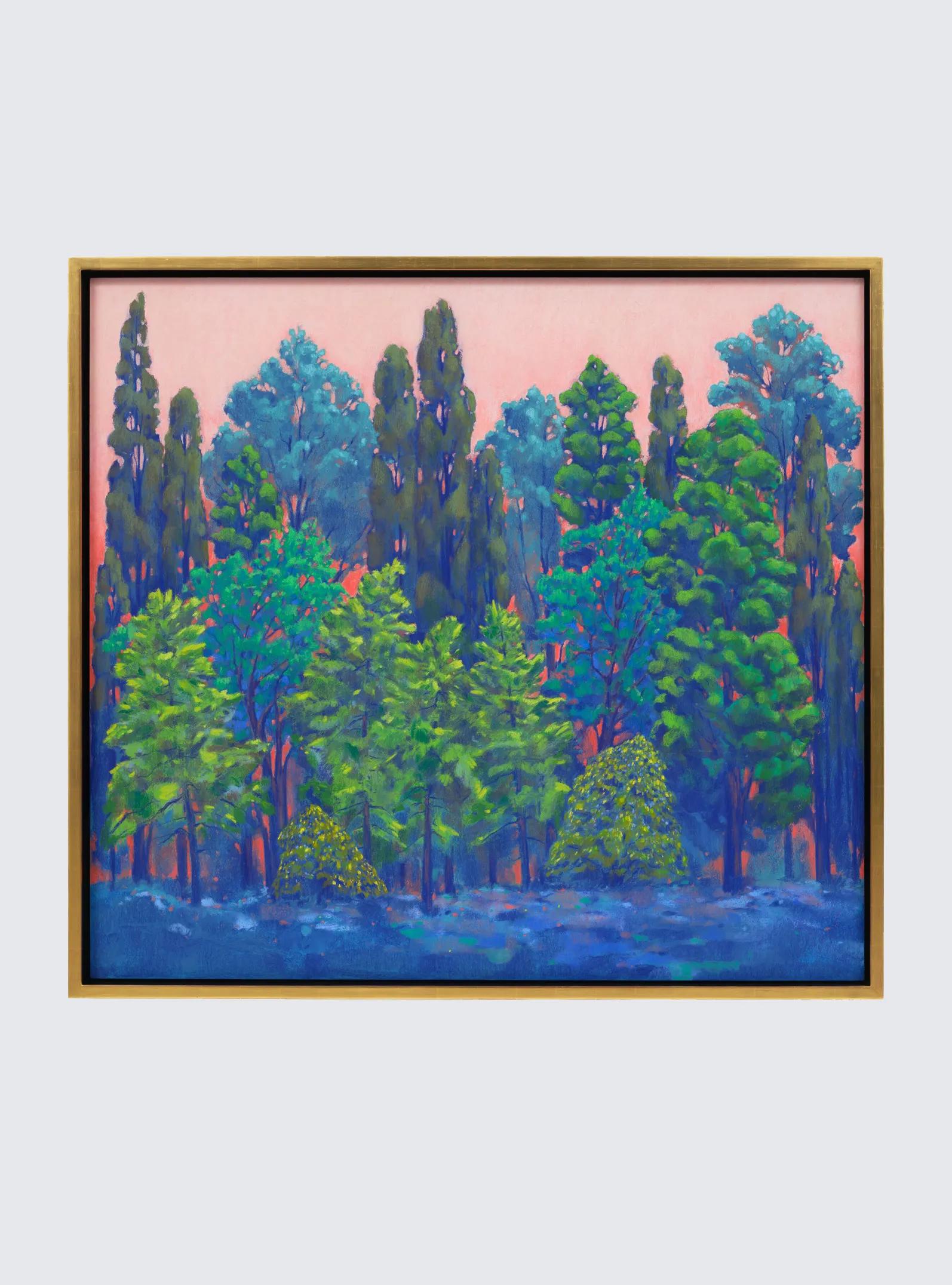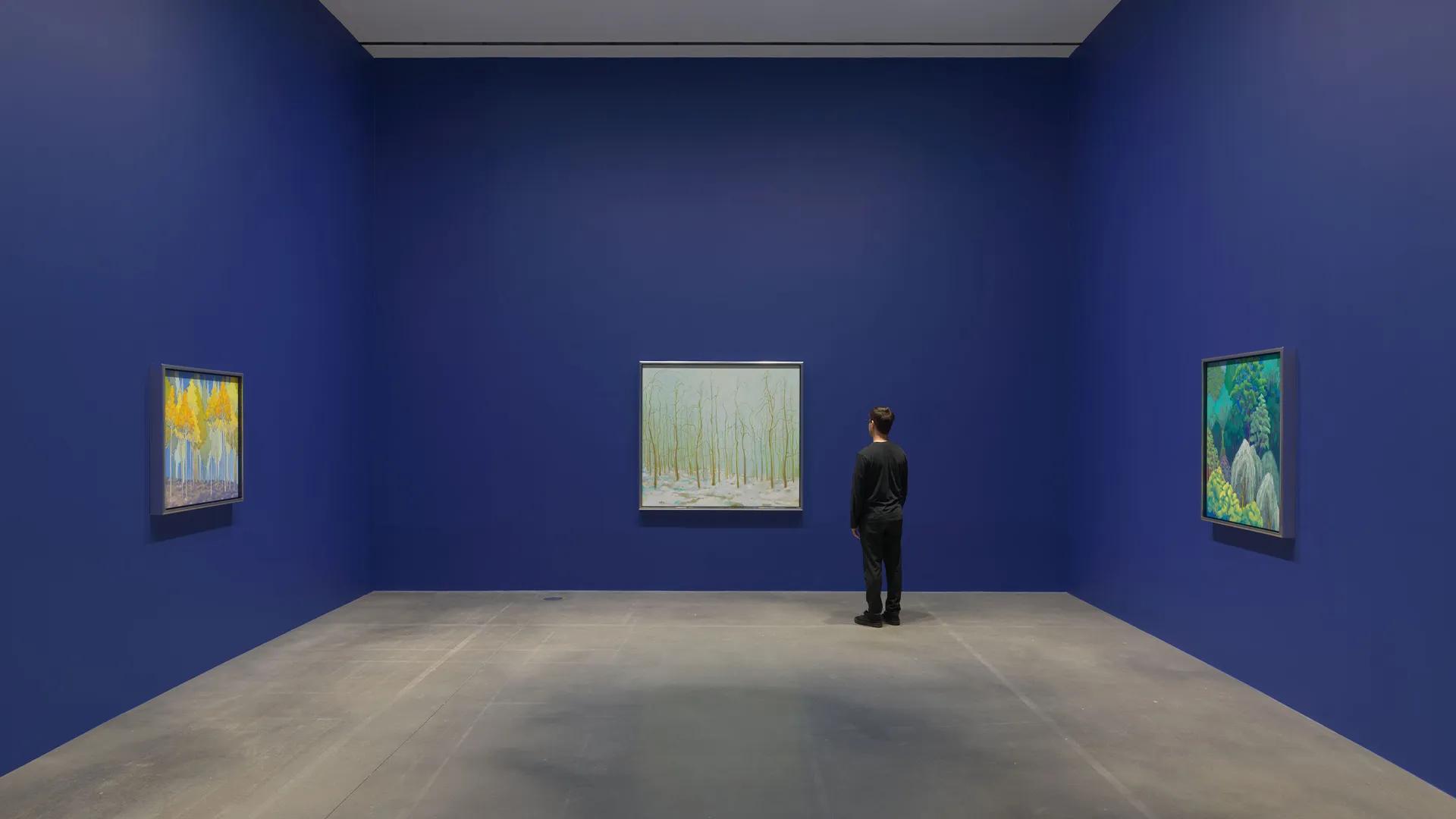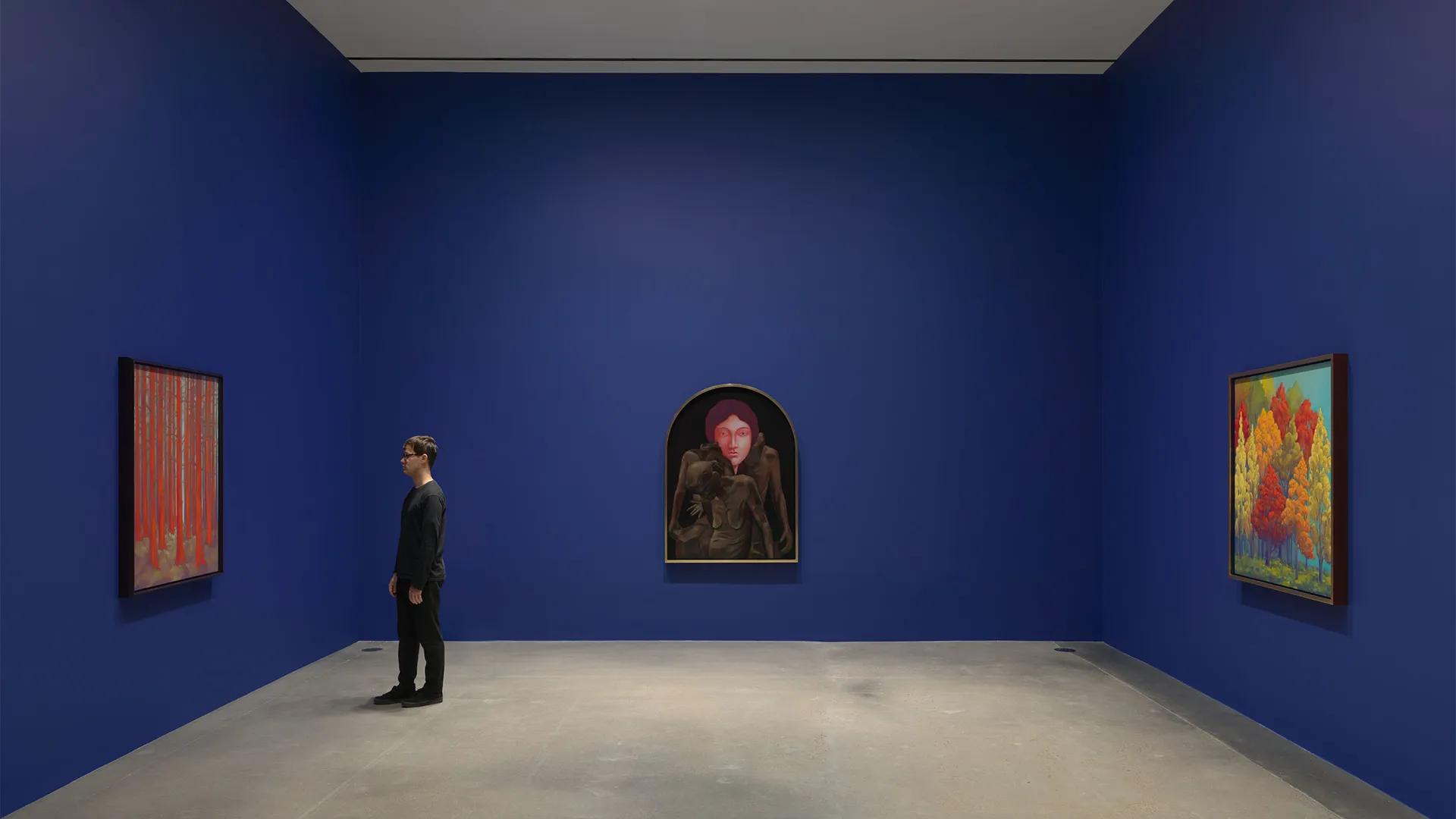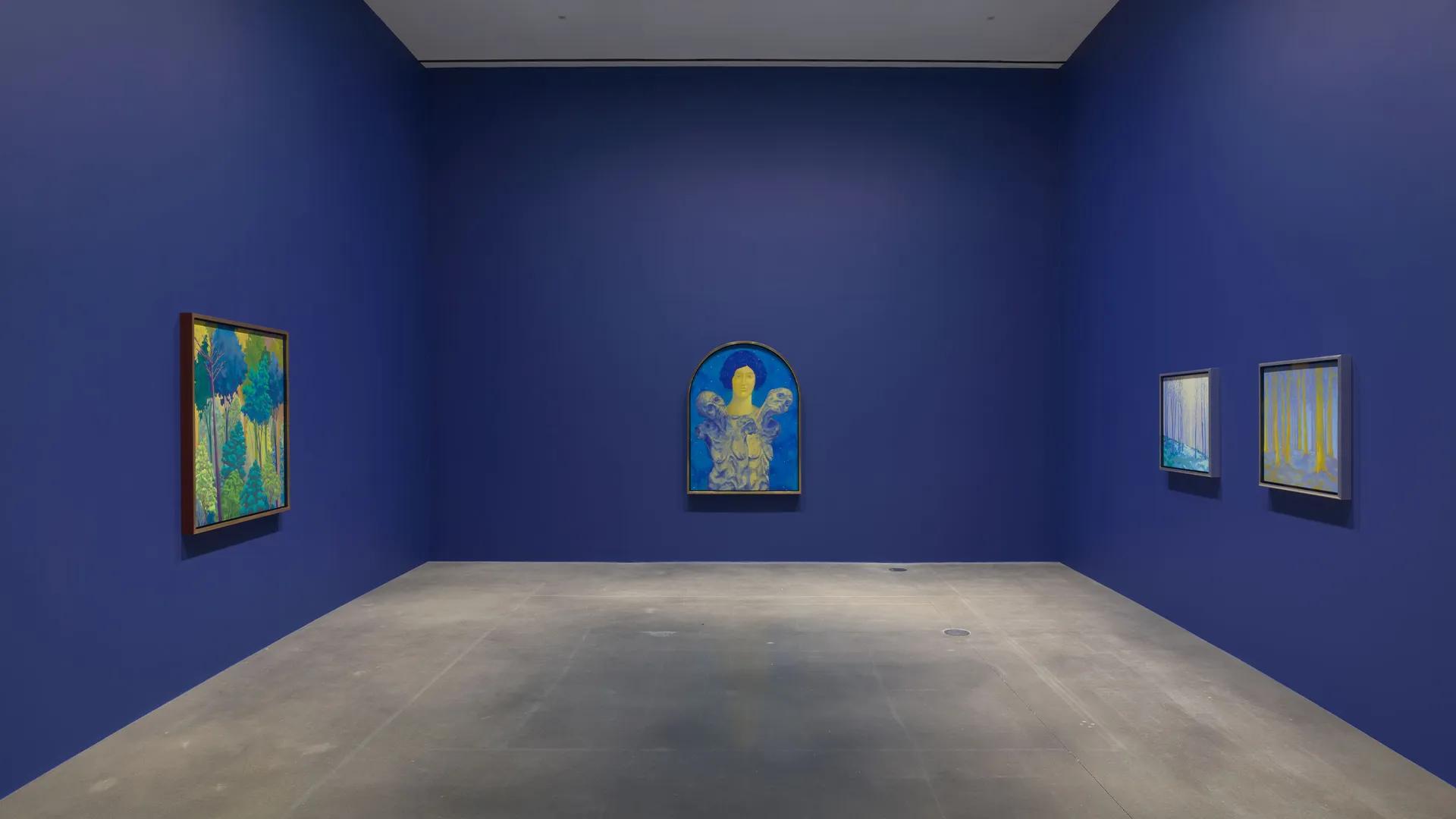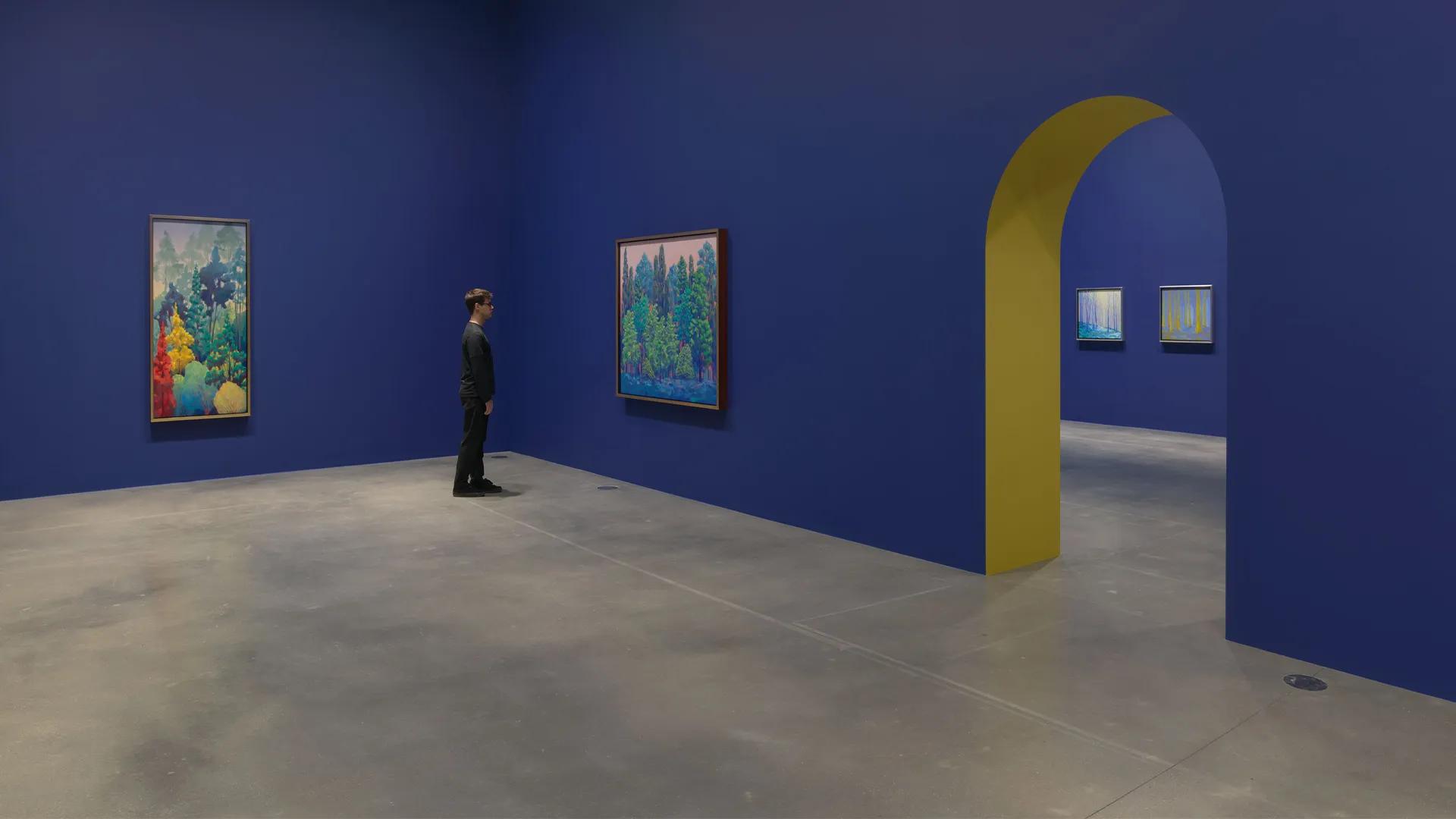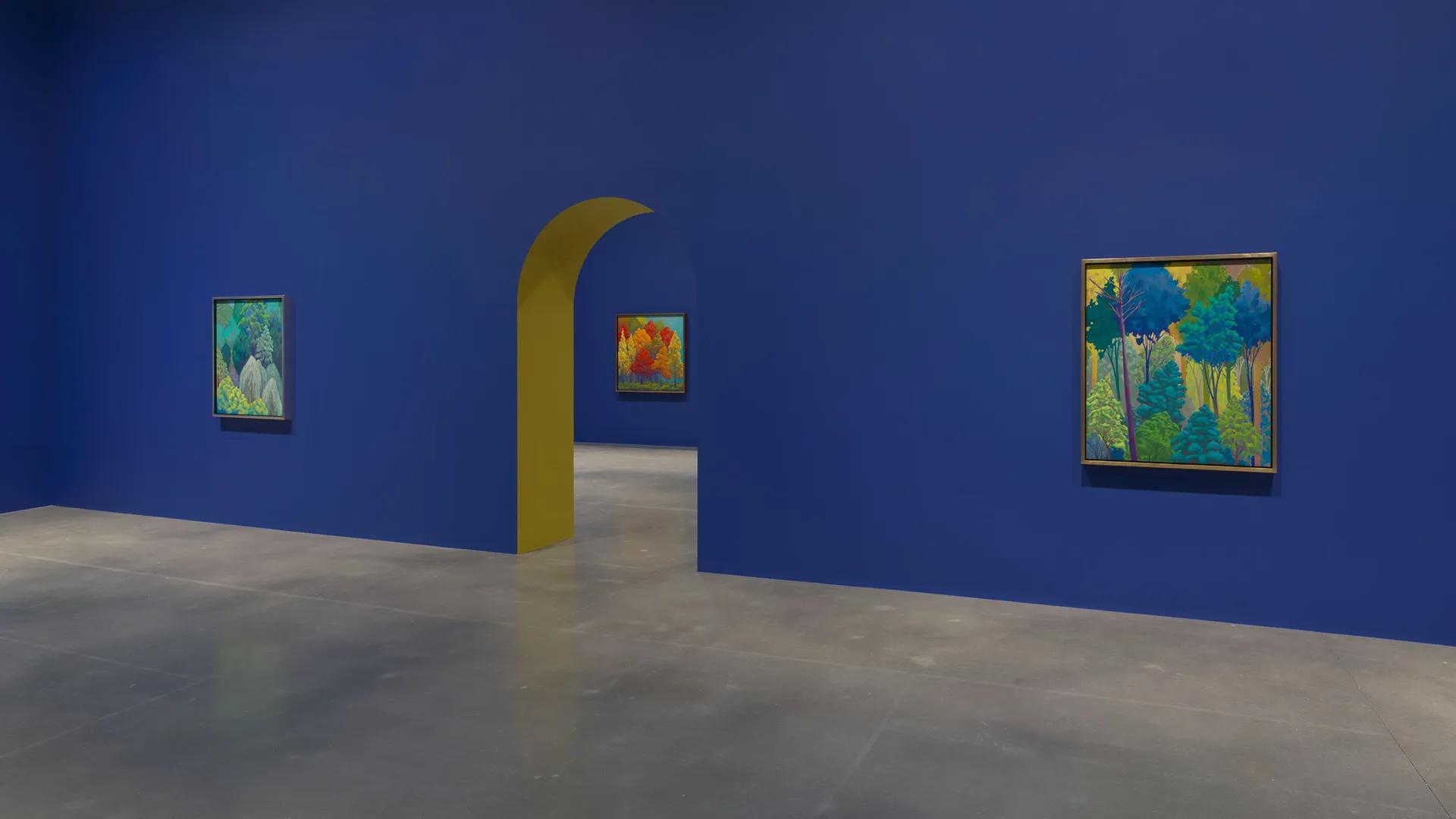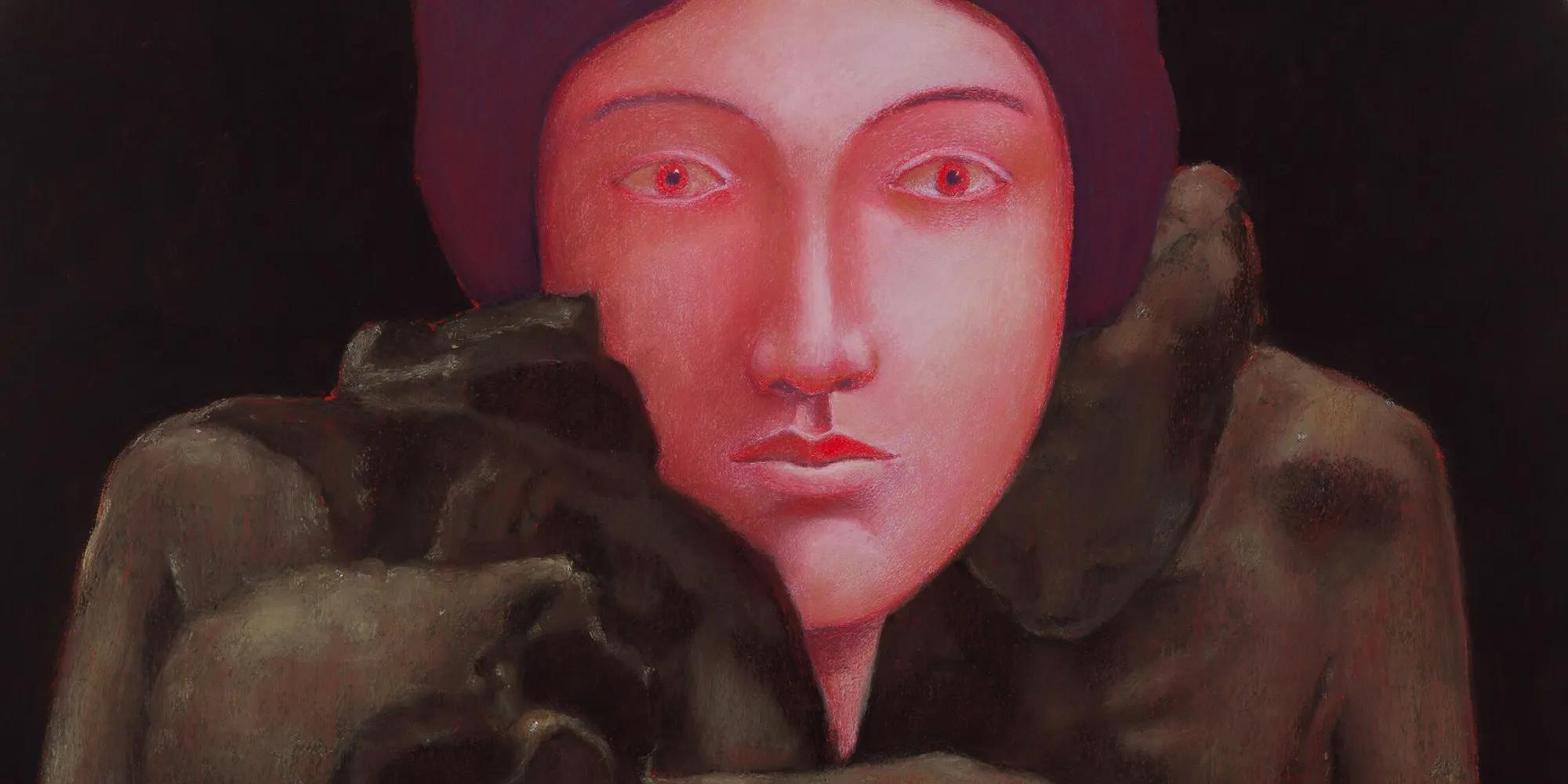
Nicolas Party
Clotho
14 October – 20 December 2025
London
The universe of Swiss painter Nicolas Party comes alive in his first solo exhibition at Hauser & Wirth in London. Featuring new treescapes and portraits in pastel, this exhibition celebrates and challenges longstanding and cherished conventions of representational painting through Party’s signature style. The portraits in the exhibition, inspired by two sculptural works by Camille Claudel and Auguste Rodin, serve as a conceptual springboard to also frame the group of treescapes on view. Party utilizes the symbolism and mythological references present in these sculptures to confront the inevitability of aging and death, two themes that have long been central to his artistic exploration. Known for his unique use of soft pastel, the artist has become a master of the medium, employing the pigment’s versatility, immediacy and saturated color.
Party is known for conceiving his exhibitions as comprehensive environments, incorporating architectural interventions and extending the palette of his paintings across the gallery’s walls. Heightening the powerful formal and psychological effects of his subject matter, he has chosen to steep the surrounding walls in a rich electric blue for this exhibition, punctuated by arches that lead the viewer through each space and frame the view of a work featuring a waterfall.
Situated in dialogue with the treescapes, ‘Portrait with Camille’ (2025) draws inspiration from Camille Claudel’s sculptural work entitled ‘Clotho’ (1893), the namesake of this exhibition. The sculpture depicts the figure from Greek mythology Clotho, one of the three fates who was known to spin the thread of human life. Party’s portrait echoes the haunting representation of time’s passage, its gnarled form capturing the ravages of age and the weight of mortality. Party’s second portrait, entitled ‘Portrait with Auguste’ (2025), references a sculpture by Auguste Rodin entitled ‘She Who Was the Helmet Maker’s Once-Beautiful Wife’ (1885 – 1887). Rodin’s bronze is another powerful meditation on aging and physical decline, and acts as a counterpart to Claudel’s ‘Clotho,’ creating a layered dialogue between two artists whose lives and work were intimately intertwined.
Installation Views
1 / 4
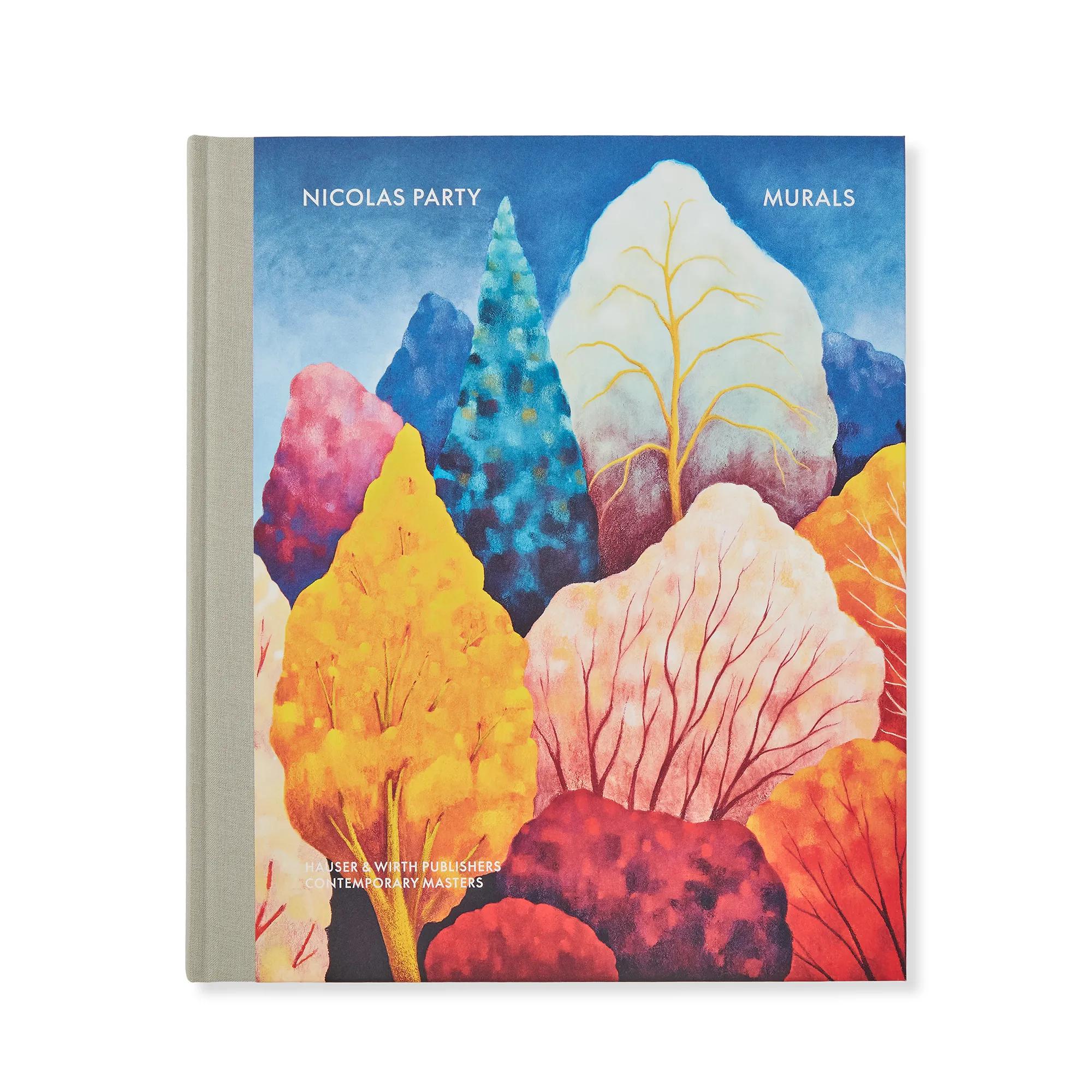
Nicolas Party: Murals
The first instalment of our new ‘Contemporary Masters’ series focuses on the mural work of Nicolas Party. His oeuvre ranges from the intimate to the gigantic, spanning from paintings, sculptures and pietra dura, to the installations and public murals that are this monograph’s focus. Often commissioned in the context of institutional exhibitions, Party’s mural works are usually removed when the associated show comes to a close. The extensive documentation featured in the book offers a way of revisiting and experience these ephemeral works anew, with newly written texts by the artist about each mural.
Related Content
About the Artist
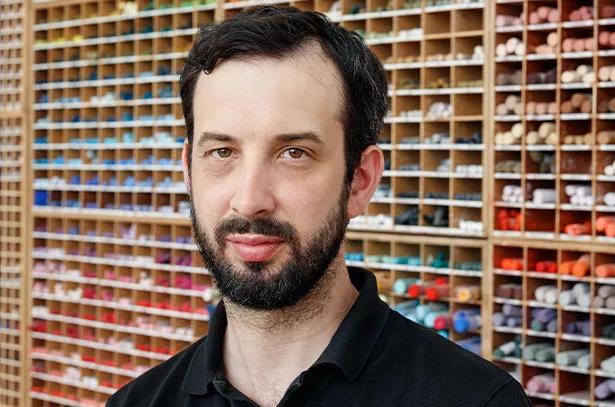
Nicolas Party
Born in Lausanne in 1980, Party is a figurative painter who has achieved critical admiration for his familiar yet unsettling landscapes, portraits, and still lifes that simultaneously celebrate and challenge conventions of representational painting. His works are primarily created in soft pastel, an idiosyncratic choice of medium in the 21st-century, and one that allows for exceptional degrees of intensity and fluidity in his depictions of objects both natural and manmade. Transforming these objects into abstracted, biomorphic shapes, Party suggests deeper connections and meanings. His unique visual language has coalesced in a universe of fantastical characters and motifs where perspective is heightened and skewed to uncanny effect.
In addition to pastel paintings, Party creates public murals, pietra dura, ceramics, cabinets, oil on copper paintings, installation works, and sculptures, including painted busts and body parts that allude to the famous fragments of ancient Greece and Rome. His brightly-colored androgynous figures vary in scale from the handheld to the monumental, and are displayed on tromp l’oeil marble plinths of differing heights that upend conventional perspective. Party’s early interest in graffiti and murals—his projects in this arena have included major commissions for the Dallas Museum of Art and the Hammer Museum in Los Angeles—has led to a particular approach to the installation and presentation of his work. He routinely deploys color and makes architectural interventions in exhibition spaces in order to construct enveloping experiences for the viewer.
The artist’s childhood in Switzerland imprinted upon him an early fascination with landscape and the natural world, and the influence of his native country places Party firmly within the trajectory of central European landscape painting. Points of reference in his work include celebrated 19th-century Swiss artists Félix Vallotton, Ferdinand Hodler, and to Hans Emmenegger. One can also find within his works a 21st-century synthesis of the sorts of impulses and ideas that fueled the Renaissance and late 19th-century, early 20th-century figurative painting, the compositional strategies of Rosalba Carriera and Rachel Ruysch, and the visions of such self-taught artists as Louis Eilshemius and Milton Avery.
Based in New York, Party studied at the Lausanne School of Art in Switzerland before receiving his MFA from Glasgow School of Art in Scotland.
Current Exhibitions
1 / 9
